5 phones you should buy instead of the OnePlus 12
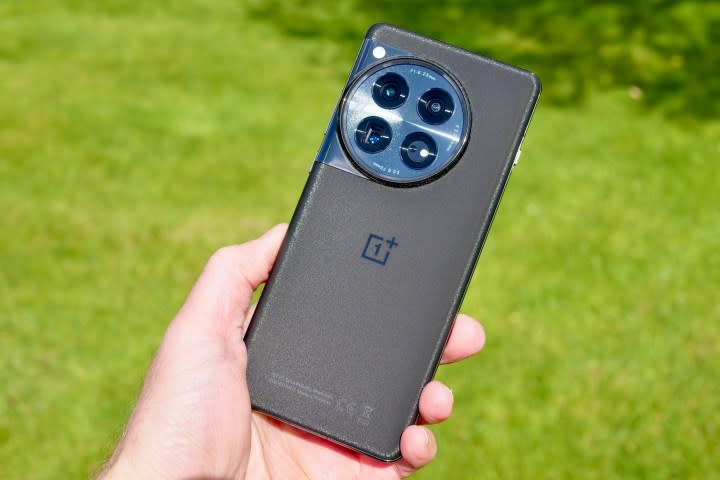
The OnePlus 12 is OnePlus’ latest smartphone, and it’s a true return to form for the “flagship killer.” It’s big and beautiful, with a distinctive design that leans away from the default “big glass slab” you might be tiring of. It’s powerful, too, thanks to the Qualcomm Snapdragon 8 Gen 3, two-day battery life, and some of the fastest charging speeds you’ll find on a phone on the U.S. market. It’s easily one of the best phones you can buy, with a starting price of $800.
But is it the best? It might not be, depending on what you’re actually looking for. There are a number of smartphones with similar levels of power, beauty, and features — and varying reasons why you’d pick them over OnePlus’ current flagship.
Here are five phones you should buy instead of the OnePlus 12.
Samsung Galaxy S24
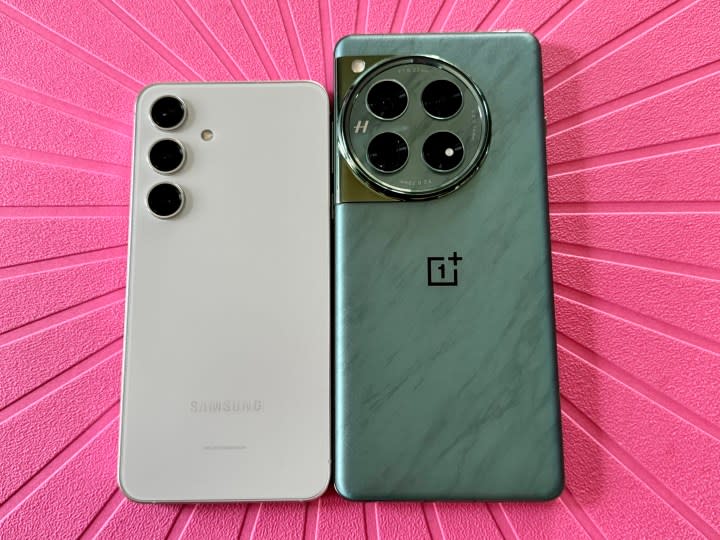
Samsung’s current roster of flagship phones is always going to come up in these conversations — and for good reason. The Samsung Galaxy S24 smartphones are a trio of very powerful, very capable, and very stylish smartphones with a lot to offer and great variety within the range. In this case, we’re highlighting the cheapest of the three, the Samsung Galaxy S24.
The Galaxy S24 may be the smallest and cheapest of the S24 range, but that doesn’t mean it’s a lesser phone. The Snapdragon 8 Gen 3 gives it the same power as the OnePlus 12, and it’s not lacking in style either. The 6.2-inch display is a lot smaller than the one on the OnePlus phone, but that smaller footprint will be good for those who want a smaller phone, while the Dynamic AMOLED 2X tech and 120Hz refresh rate mean it’s smooth to use and has vibrant colors with deep blacks.
It’s not a complete slam dunk for Samsung, though. While the S24’s battery is excellent, lasting over a day, it can’t match the OnePlus 12’s two-day battery life. Charging is also a lot slower, with 25 watts feeling sluggish compared to OnePlus’ 80W. The OnePlus 12 also has a lot more RAM at its disposal, along with a much wider array of options for storage. On spec sheets, OnePlus is ahead, but it’s also fair to say the S24 is never going to feel slow or lacking in comparison.
It’s a direct price competitor, too, starting from $800 for 128GB of storage. It’s worth considering that the same amount of money gets you a OnePlus 12 with twice the amount of storage, but there are still reasons to consider Samsung’s phone. You may prefer the software, for one. Or there’s the massive range of extra features that come with the S24. Galaxy AI is the new special feature on the block this year, but there’s also the desktop-emulating DeX Mode and all the stuff Samsung has inserted over the years. There’s also the issue of support. OnePlus is no slouch, offering four years of operating system updates from release, but Samsung has recently knocked it out of the park by offering seven. If you want value for money, it’s hard to argue with a phone that can conceivably last seven years before being made obsolete.
Both of these are excellent phones, and there are many reasons to buy one and not the other. But in short, the Samsung Galaxy S24 will appeal to those who want a very well-rounded smartphone with strong specs and features throughout. While the OnePlus 12 undeniably has the stronger specs, the Galaxy S24 is the better-balanced package as a whole.
Google Pixel 8 Pro
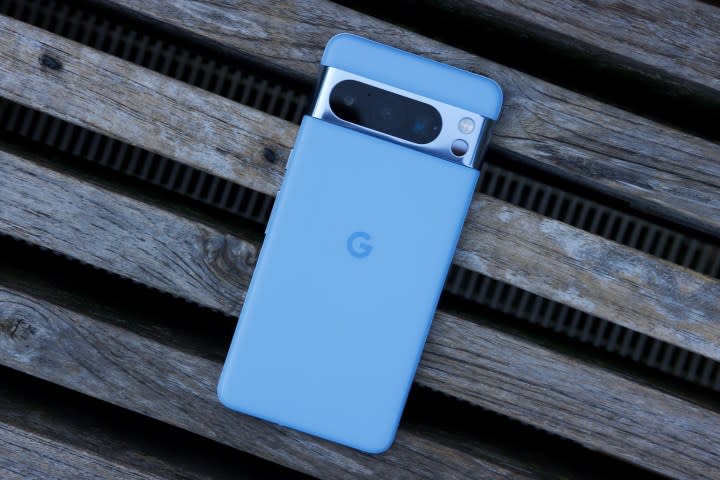
Samsung is far from the only competition for OnePlus, as Google has made some serious advances with its Pixel phones. The Google Pixel 8 Pro is a more expensive option, with the base version starting from $999. But there are a number of reasons you might want to pick a Google phone over the OnePlus 12, even with this price difference.
Top of the list is the cleaner software. Google creates Android, and as a result, the version you get on a Pixel is as close to “stock” as you’re likely to get. There are a few additional Pixel-exclusive features, but largely, it’s as Google intended. That makes it fast and smooth, and it gets updates as soon as Google pushes them out. It will also get seven years of upgrades, tying Samsung for the most you’ll get on Android.
Coming i a close second among the reasons to choose the Pixel is the camera. Simply put, it’s phenomenal and one of the best you’ll find on any smartphone. While the OnePlus 12’s camera is solid, it can’t compete with the Pixel 8 Pro’s. A large part of Google’s supremacy is because of the strong software, as Google has recently loaded up a bunch of AI smarts that aid your editing and framing. Those AI smarts stretch elsewhere into the phone, with Google Assistant embedded deeply into the phone. Iit’s also being joined by the Google Gemini chatbot.
With all that, you might think there’s no reason to buy the OnePlus 12, but you’d be wrong. The OnePlus 12 is $200 less than the Pixel 8 Pro, which is a strong draw by itself — but the real advantage OnePlus has is in its battery tech. Not only does it charge a lot faster than the Pixel, but the OnePlus 12 obliterates it with a much longer-lasting battery. Add the additional RAM and storage options, and there are many reasons to still buy the OnePlus 12. But if camera performance is a must, and you’re not worried about the mediocre battery life, then the Google Pixel 8 Pro is a strong alternative.
Motorola Edge Plus (2023)
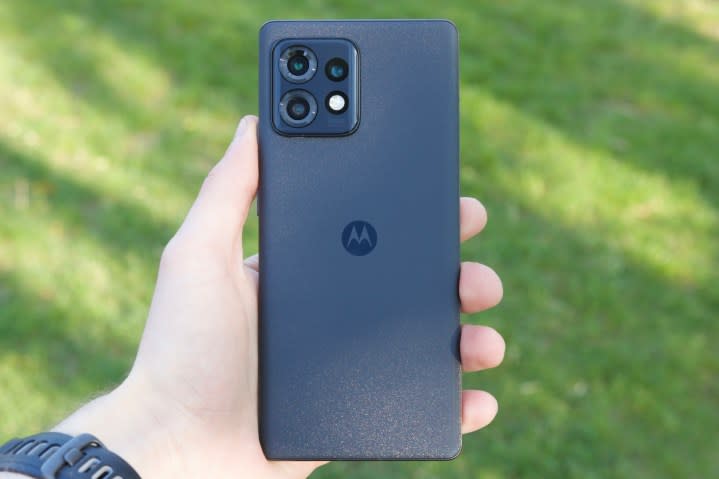
Motorola might not be a sleeping giant, but it’s certainly snoozing at the moment, with its glory days firmly behind it. We thought so, too, until the Motorola Edge Plus (2023) surfaced. Priced at $800, the same as the OnePlus 12, the Edge Plus is one of the few similarly priced phones to offer an equal to the OnePlus 12 in terms of battery life and charging speed — even if it can’t quite match the power the OnePlus phone offers.
But before we get to that, it’s worth pointing out how gorgeous this phone is. The frosted back feels velvety and slick, and the phone itself is much lighter than others in the flagship class. The real secret sauce here is found in the screen. It’s a 6.7-inch AMOLED panel, and it curves into the phone’s body on all four sides, giving it a completely bezel-free effect. It also tops out at 165Hz, making it even faster than the OnePlus 12’s 120Hz display. It feels great, and has a unique design all its own, without becoming over the top.
The Motorola Edge Plus might not be capable of recharging as fast as the OnePlus 12, but it’s pretty darn close. It tops out at a 68W charging rate, which is so close to 80W that the difference is negligible. The battery lives are also neck and neck, with both lasting around two days on a single charge, giving them serious staying power.
There are areas where Motorola falls back, though. The Edge Plus’ Snapdragon 8 Gen 2 is powerful, but it’s not as strong as the OnePlus 12’s Snapdragon 8 Gen 3. The update promises also aren’t quite as good as those of OnePlus, amounting to three years of operating system upgrades after release. It also doesn’t have as many variant options if you’re looking to maximize storage. It’s hard to argue the sole 512GB option is a bad option, though.
But one of the big advantages of picking the Motorola Edge Plus hits your pocket directly. Since Motorola is something of a niche choice these days, it’s common for this phone to get big discounts during sales. Even outside of sales periods, you can expect to see it for $700, or even less, piling additional value on top of an already tempting package.
OnePlus 12R
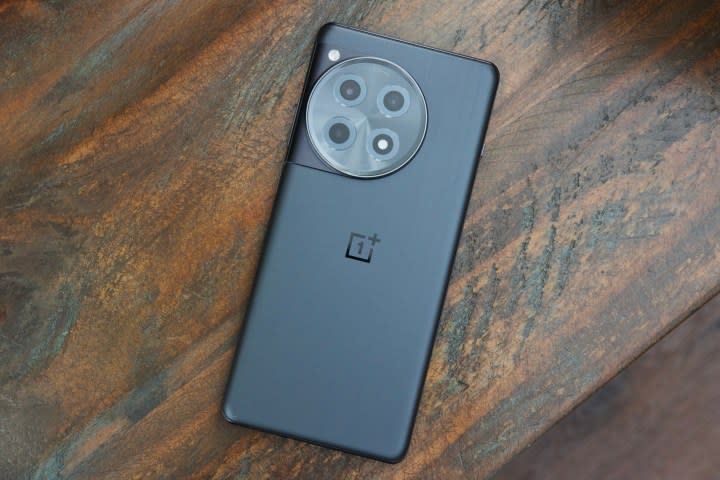
Interestingly, one of the best alternatives to the OnePlus 12 comes from its own stable. The OnePlus 12R is effectively a slightly toned-down version of the OnePlus flagship, making it the flagship killer for OnePlus’ very own flagship.
It’s not hard to see what makes the OnePlus 12R a great alternate choice for its more expensive sibling. It’s priced at just $500, but has only small downgrades that make the $300 price difference seem like an enormous bargain. Take the specs, for example. The 12R uses the Snapdragon 8 Gen 2 — 2023’s flagship chip that is still very powerful, even if it isn’t as strong as the 8 Gen 3. It has 8GB or 16GB of RAM, putting it on an even footing with most 2024 flagship phones, and the choice of 128GB or 256GB of storage isn’t bad either. All of these specs are slightly lower than those offered by the OnePlus 12. But for just $500, it’s hard to find a better bargain.
Other areas are hit slightly harder by the price drop. The ultrawide and macro camera lenses aren’t very good, and while it retains the 80W wired charging we love, there’s no wireless charging at all.
But the OnePlus 12R is really just a boiled-down version of the OnePlus 12. It offers the rawest version of everything great about the flagship, with everything else cast off. In a weird way, it shouldn’t work. After all, if you love the OnePlus 12’s extremely strong specs, then a pared-down version of the same shouldn’t be desirable. But when it’s offered at a $300 discount, it’s very hard to rule out the OnePlus 12R.
OnePlus Open
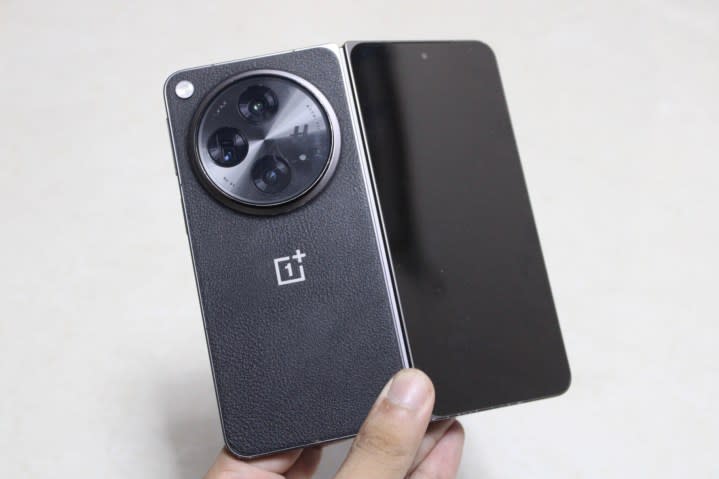
We’ll throw a curveball at you for this final pick. Since you’re considering the OnePlus 12, it’s safe to assume you’re a fan of how OnePlus creates phones and software — so why not pick the company’s most technologically impressive phone instead? The OnePlus Open is OnePlus’s first folding smartphone, and despite being a first attempt, it’s very good.
The reason to buy the OnePlus Open is obvious: It’s because the idea of a folding phone is a tempting one. The outer display is a 6.31-inch Super AMOLED, and it unfolds into a massive 7.82-inch inner screen. The outer screen is wider than a number of other folding phones, and that makes it a lot more useable. It also means the inner display is close to being a square, which means it’s easier to handle. The hinge isn’t as stiff as those on other foldables, and while that means opening it is easier, it also means it won’t sit open half-folded.
Do the rest of the specs really matter? After all, you’re buying this because a OnePlus foldable appeals to you. But in case they do, it’s fair to say they don’t hold up to the OnePlus 12’s stellar example. We’re again looking at the Snapdragon 8 Gen 2 here, and while the 67W fast charging is speedy, the OnePlus 12’s 80W is obviously faster. The specs are close enough that the experience will be similar, so don’t let the lower specs put you off if the idea of a folding phone has captured your heart.
Here’s where things get tricky. The OnePlus 12 is notable because it offers very strong specs for its $800 price, and the OnePlus Open doesn’t match that. Sure, it offers more RAM and storage than other foldables, but it still starts from $1,700, meaning you could buy two OnePlus 12s and have $100 left over to try and build some sort of hinge between the two. The OnePlus Open is for people who don’t mind spending a lot of money on a smartphone, and curiously, that’s counter to the ethos that originally made OnePlus famous. But we’d be lying if we said it wasn’t a great smartphone and an excellent OnePlus 12 alternative.

